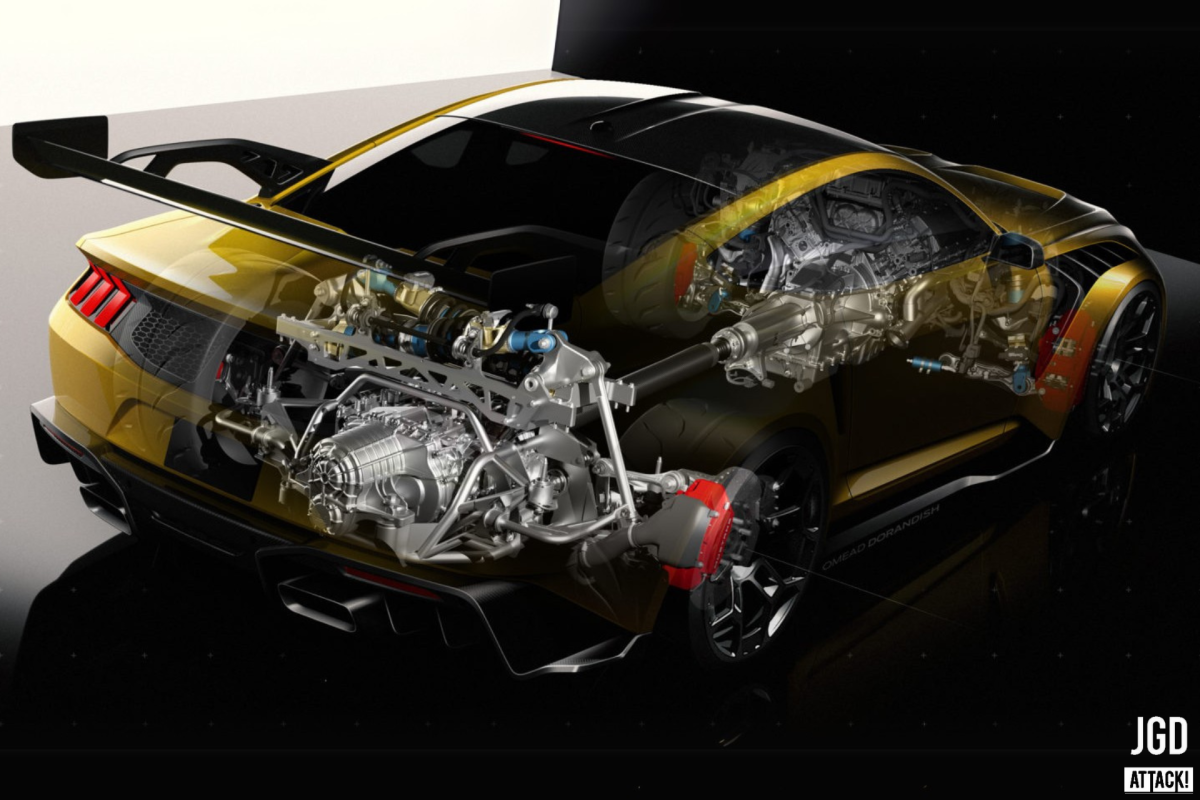European Vehicle Registration for American Cars in 2025: Key Information
photo by cardesigntv

The growing trend of importing cars from the USA to Europe is driven by the unique designs, powerful engines, and competitive pricing often associated with American vehicles. However, registration processes for these cars vary significantly across European countries, creating challenges for prospective owners. Here is some general information about the registration requirements in Europe.
General Requirements for Registering American Cars in Europe
Although specific regulations differ by country, there are several common steps and considerations when registering an American vehicle in Europe:
-
Technical Modifications American cars often need adjustments to meet European Union (EU) standards. These may include:
-
Lighting systems: Modifying headlights, taillights, and turn signals to comply with EU regulations.
-
Emission standards: Ensuring the vehicle meets local environmental standards, which can vary by country.
-
Speedometer adjustments: Converting from miles per hour (mph) to kilometers per hour (km/h).
-
-
Homologation and Compliance Documents Many countries require proof that the vehicle complies with EU standards. This is often provided through a Certificate of Conformity (CoC) issued by the manufacturer. For cars without a CoC, individual vehicle approval may be necessary.
-
Customs and VAT Imported vehicles are subject to customs duties and value-added tax (VAT). Typically:
-
Customs duty is around 10% of the car's value.
-
VAT rates vary but are commonly 19-25% in most European countries.
-
-
Registration Fees and Inspections
-
Technical inspection (e.g., roadworthiness tests) before registration.
-
Fees can vary depending on the country and type of vehicle.
-
Recent Developments in Poland
In Poland, the registration of American vehicles has been the subject of conflicting information in recent months, leading to uncertainty among importers. However, as of January 2025, the Polish Ministry of Infrastructure has clarified the situation. Here are the key points:
-
No Ban on Registration: Contrary to rumors, there is no ban on registering cars imported from the USA in Poland. Both used and new vehicles can be registered without additional restrictions.
-
European Homologation Not Required: Unlike some other European countries, Poland does not require vehicles imported from the USA to have European homologation certificates. This simplifies the registration process significantly.
-
Technical Adjustments: While homologation is not mandatory, cars must still undergo technical inspections to ensure they comply with basic safety and environmental standards.
For Importers Across Europe
If you are importing an American vehicle to any European country, it is crucial to check the specific regulations in your region. For instance:
-
Germany and France have stricter requirements, often necessitating full homologation or individual acceptance procedure.
-
Scandinavian countries may have additional environmental standards.
-
Countries such as the Netherlands, Belgium and Lithuania are known for more liberal regulations, making the registration process smoother and faster.
Regardless of your location, many of the technical modifications required for European compliance (e.g. lighting) are consistent across borders.
Practical Tips for Importing American Cars
-
Research Local Regulations: Begin by understanding the requirements in your country of residence.
-
Work with Experts: Consult specialists in vehicle modifications or homologation to ensure your car meets local standards.
-
Budget for Additional Costs: Factor in expenses for customs duties, VAT, technical inspections, and potential modifications.
Final Thoughts
Registering an American car in Europe can be a complex process, but it is entirely achievable with the right preparation. American cars have built such a loyal fan base across Europe, that they are not only not gowing anywhere, but their presence on the roads is likely to continue growing.
If you’re considering importing a car from the USA, be sure to prepare thoroughly and consult trusted experts in modifications or compliance where necessary. At JGD Attack, we’re passionate about American vehicles and happy to provide parts for styling, tuning, and customization—helping you make your dream car truly yours.
